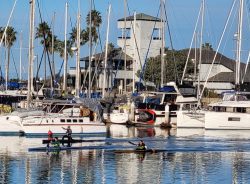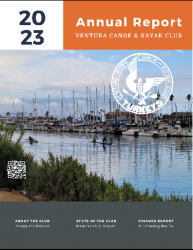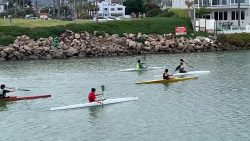For newcomers, a bent blade, or angled canoe paddle, is one that has a forward angle of between ten to fifteen degrees where the shaft meets the paddle. Something like this:

Novice paddlers will often put the paddle into the water backwards, with the angle pointing towards them, instead of away from them. (Please don’t make this mistake.) Marathon canoes, outrigger and SUP paddlers are almost universally using bent blades. However, sprint canoe paddlers are almost always using straight blades, and I believe that this is a mistake. This post will attempt to make the argument for why sprint canoe paddlers should also be using a bent blade.
The often used argument for a straight blade paddle is that when holding the paddle perpendicular to the surface of the water, one can maximize the force applied to the paddle and thus pull the boat forward with the greatest amount of speed. It is important to note that paddles get “anchored” in the water and if properly used, one is pulling themselves past the spot in the water where the blade has been dropped.
An excellent research article on the force analysis of a sprint canoe blade can be found in this article by Morgoch and Tullis. Their analysis describes the lift the paddle at an angle in the catch phase gives to a boat, and conversely, the drag applied to a boat if the paddle’s angle is past the point of being perpendicular to the water. The article provides analysis of the tip of the blade throughout the stroke and the velocity of the boat during the stroke:
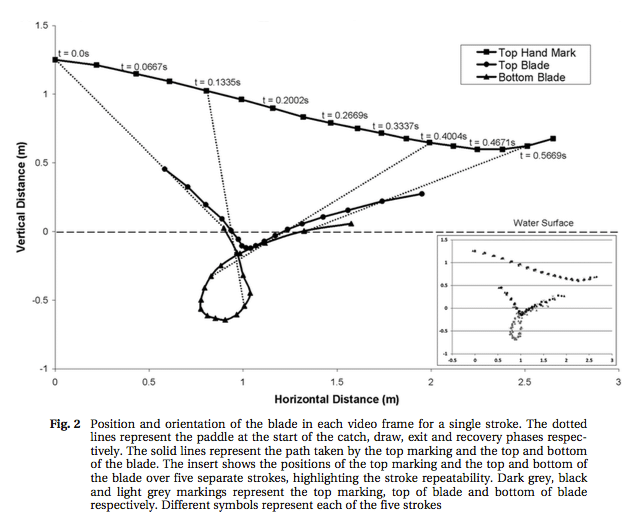
Let us now consider a simple view of a straight blade versus a bent blade in this stroke cycle. Here’s a view of straight blade in a stroke cycle where one is pushing the top had forward, and another where the top hand remains in the same spot, creating a 3rd class lever:
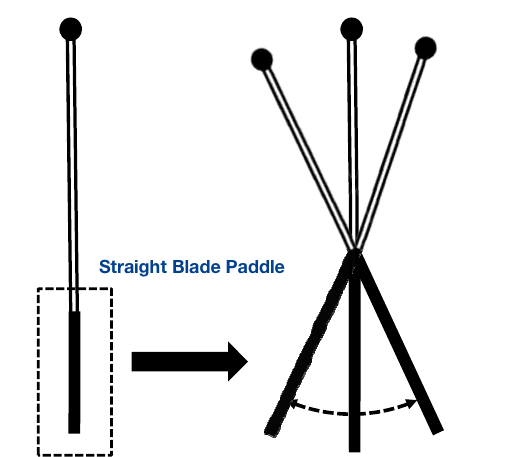
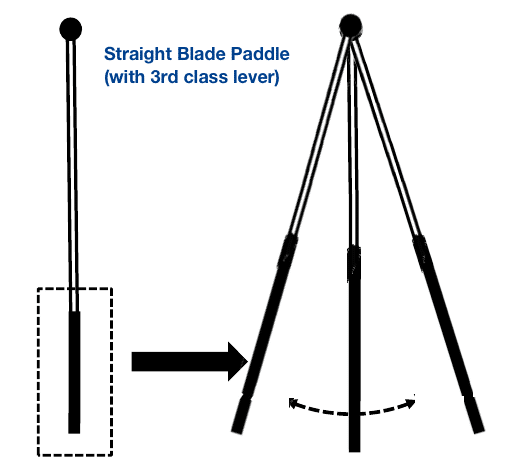
(A 3rd class lever will give the paddler a longer stroke with power applied over a longer distance, which is why at VOCC we advocate for holding the top hand in the same spot (in space) while pulling with the bottom hand.)
Now let’s compare this to a bent blade’s stroke using the same two views:
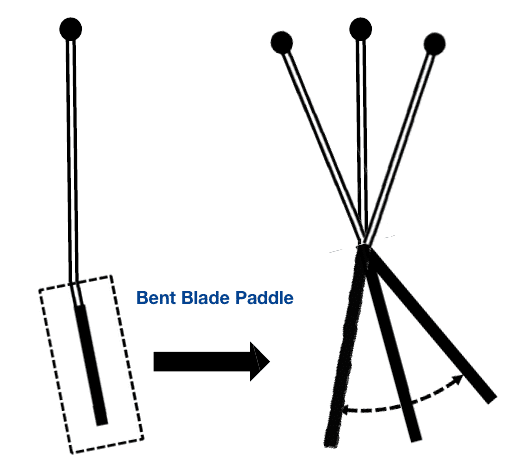
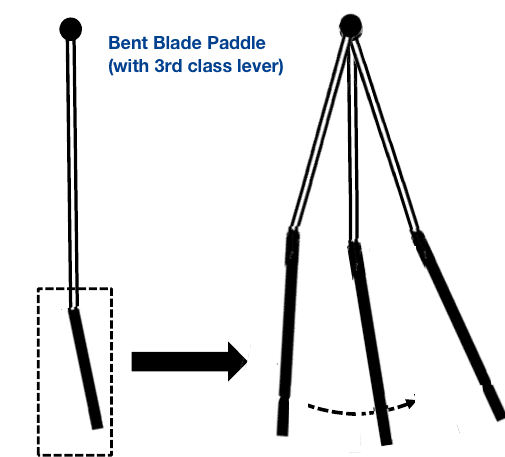
(Note again that a 3rd class lever gives the paddler a longer stroke, with force applied over a longer distance.)
The key thing to take away from these diagrams is that the bent blade will be closer to perpendicular at the exit, which will limit pushing the tail down as the paddle is removed from the water, and that the greatest force forward is applied at the exit, not the middle of the stroke. This allows a paddler using a bent blade to accelerate the boat the most as one enters the recovery phase when the canoe is gliding as the paddler swings the paddle forward for the next stroke’s catch phase. Additionally, there is more “lift” applied to the boat at the catch when using a bent blade versus a straight blade, helping to decrease the surface area drag from the boat being higher in the water.
It’s for these reasons, the Ventura Olympic Canoe Club advocates using a bent blade with sprint canoes.
